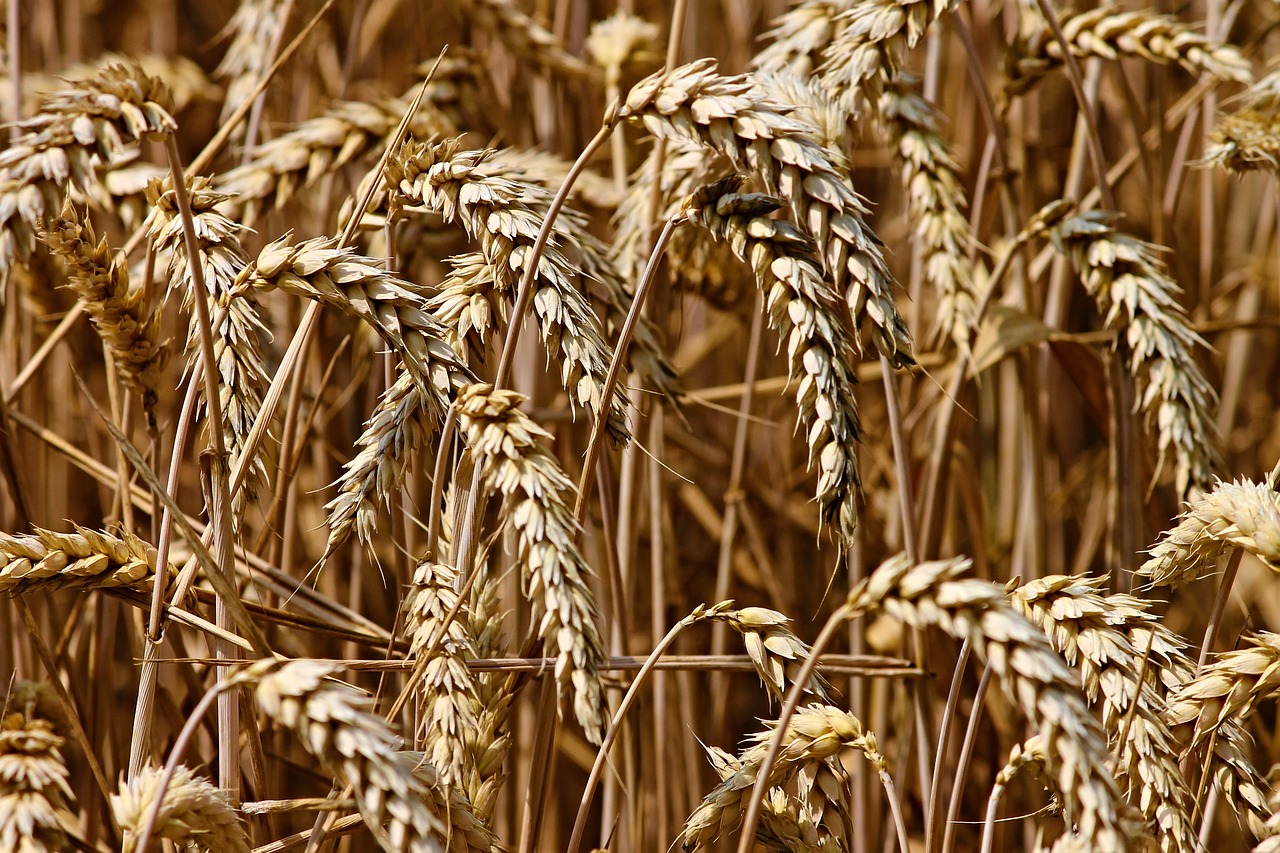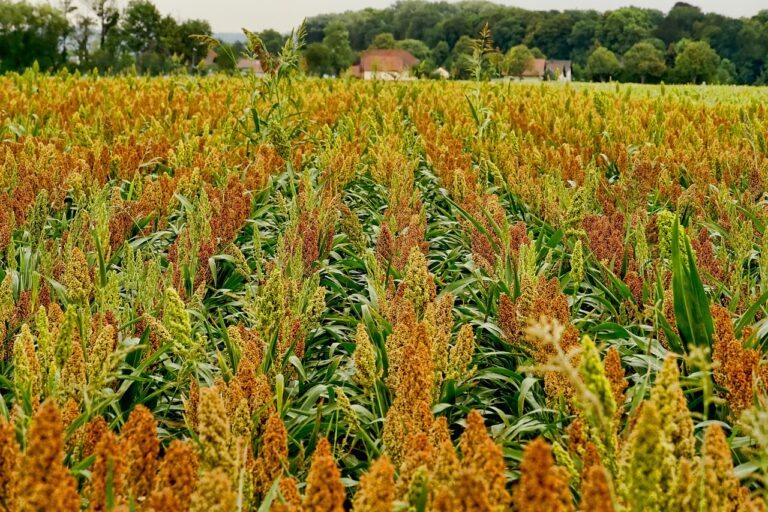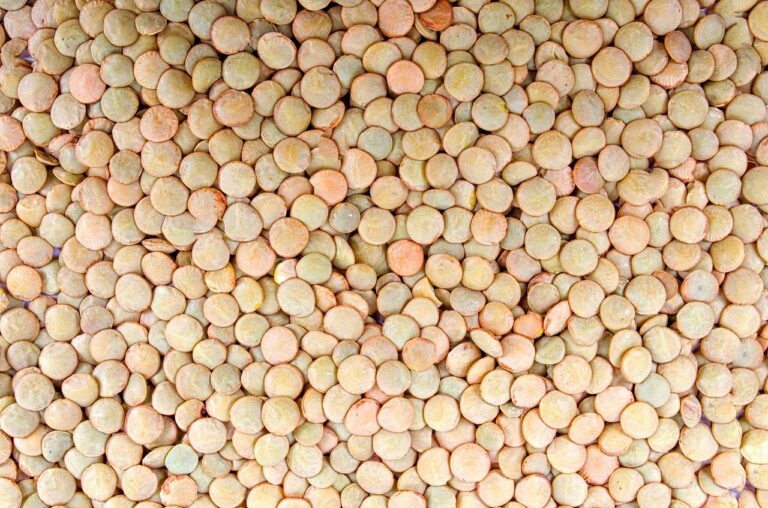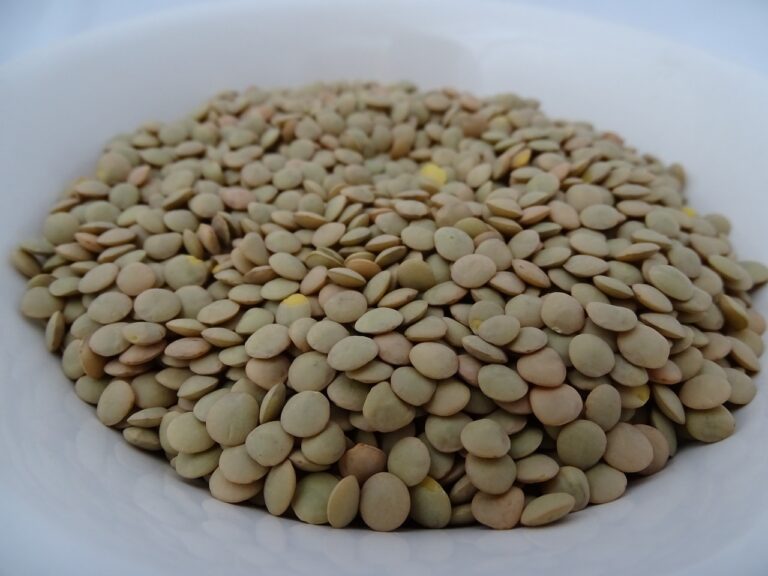Wheat Farming in Kenya: A Comprehensive Guide
Wheat farming has been an important part of Kenyan agriculture for several decades. The crop is mainly grown in the Rift Valley, Central, and Eastern regions of Kenya.
Wheat production has increased significantly in recent years thanks to improved farming methods and technology. As a result, wheat farmers have become more efficient and productive.
The Importance of Wheat as a Staple Food Crop
Wheat is one of the most important staple crops in Kenya. It is a source of carbohydrates, protein, fiber, vitamins, and minerals that are essential for human nutrition.
In fact, wheat is the second most consumed cereal grain after maize (corn) in Kenya. It is used to make various food products such as bread, chapati (flatbread), pasta, cakes, biscuits (cookies), and many other baked goods.
Additionally, wheat straw can be used as animal feed or bedding material. Therefore, growing wheat not only supports local food security but also provides income opportunities for farmers who sell their crops to millers or processors who make flour or other products from wheat.
Preparing the land
Choosing the right location for planting
The success of your wheat crop depends largely on where you choose to plant it. Wheat requires a cool climate with temperatures of between 15 and 20 degrees Celsius, and moderate rainfall of about 500-600mm per year. It is also important to consider factors such as soil type, drainage, and elevation.
Flat lands are ideal for growing wheat, as they have good water retention capacity compared to sloping areas. In addition, avoid planting in areas with heavy clay soils or where crops such as maize or beans have been grown recently.
Soil preparation techniques such as plowing and harrowing
Once you have identified the right location for your wheat farm, it is time to prepare the land for planting. Start by clearing all vegetation and debris from the field using a rake or hoe. This will help minimize competition between the wheat plants and other crops or weeds.
Next, plow the land using a tractor fitted with a moldboard plow to loosen up the soil and break any hardpan layers that may exist. Before planting, use a disk harrow (or harrow plow) to smooth out any lumps and create a fine seedbed that will help improve seed-to-soil contact during sowing.
Preparing your land well before planting is crucial for ensuring healthy growth of your wheat crop. By choosing the right location based on climatic conditions and soil type, followed by thorough soil preparation techniques like plowing and harrowing; you set yourself up for success in growing wheat in Kenya!
Selecting the Right Wheat Variety
Popular Varieties in Kenya
When it comes to wheat farming in Kenya, there are a number of popular wheat varieties that farmers tend to gravitate towards. Some of the most commonly grown varieties include Robin, Sifa, and Ngamia. These varieties have proven to be successful in many parts of the country and can produce high-quality yields.
Factors to Consider When Selecting a Variety
While there are certainly some tried-and-true varieties that work well for many Kenyan farmers, it’s important to take some time to consider which variety will work best for your specific situation. Factors such as soil type, climate conditions, and intended use for the wheat should all be taken into account.
For example, if you’re planting in an area with heavy clay soil, you may want to choose a variety that is known for its tolerance of these conditions. On the other hand, if you’re planting on sandy soil or in an area prone to droughts, you’ll want a variety that is able to withstand those challenges.
It’s also important to consider what you plan on doing with your wheat crop once it’s harvested. If your goal is simply to sell it at market, then certain traits such as yield potential may be more important than others.
However, if you plan on using your wheat for baking or feeding livestock, then factors such as protein content and disease resistance may be more critical. By taking all these factors into account when selecting your wheat variety, you can help ensure that you end up with a crop that is well-suited for both your farm and your intended use for the final product.
Planting and caring for wheat
Best time to plant wheat
When it comes to planting wheat in Kenya, timing is everything. The best time to plant wheat is during the long rains, which usually start in March and end in May. This way the crop gets enough moisture to grow well.
Planting too early or too late can result in poor germination, which can significantly reduce your yield. It’s important to keep an eye on the weather forecast before you start planting.
Proper spacing and depth for planting
Proper spacing is crucial when it comes to growing wheat in Kenya. You should plant your seeds at a depth of about 5cm and space them 10-15cm apart.
This ensures that each seed has enough space to grow into a healthy plant without competing with others for nutrients. Proper spacing also helps with weed control since there’s less room for weeds to grow.
Irrigation and fertilization techniques
Wheat requires regular watering throughout its growing season, especially during its critical growth stages such as tillering and heading. Irrigation techniques such as drip irrigation or furrow irrigation are commonly used in Kenya, depending on the availability of water resources and soil type. Fertilization also plays a crucial role in determining your crop yield.
Before planting, test your soil to determine what nutrients it lacks so you can make informed decisions on which fertilizers are necessary. Commonly used fertilizers include nitrogen phosphorus, potassium, sulfur, and magnesium.
Proper care during planting is necessary if you want high yields when harvesting your wheat crop. Ensure that you choose the right time to plant when there’s adequate rainfall since this determines how well the seeds will germinate when they’re planted at the recommended depth and spacing intervals with appropriate fertilizers available for use at each stage of growth.
Controlling Wheat Pests and Diseases
Wheat farming in Kenya is faced with a variety of pests and diseases that can lead to crop failure if not managed effectively. Several factors contribute to the vulnerability of wheat crops, including poor soil health, climate change, and lack of awareness among farmers.
Common Pests and Diseases Affecting Wheat in Kenya
The most common pests affecting wheat in Kenya include aphids, stem rust, leaf rust, and Hessian fly. These pests cause damage to the plant by feeding on its sap or other nutrients. In addition to pests, there are also various diseases that can affect wheat crops such as Fusarium head blight, stripe rust, septoria leaf blotch among others.
Prevention Measures
To control pests and diseases affecting wheat in Kenya, farmers need to adopt different management practices. Crop rotation is an effective measure that helps break the life cycle of pests by interrupting their breeding grounds. Another measure is the use of resistant varieties which are designed to withstand specific pest or disease attacks.
In addition to these natural measures, chemical control is also effective when done correctly. It involves applying pesticides carefully based on a recommended dosage for a specific type of pest or disease.
Controlling pests and diseases affecting wheat in Kenya should be a priority for any farmer intending to grow this economically important crop. By adopting preventive measures such as crop rotation, use of resistant varieties or applying chemical control methods where necessary farmers can increase yields whilst reducing production costs associated with controlling these challenges.
Harvesting and Storage
Indicators of readiness for harvesting
After months of tending to your wheat crop, it’s important to know when it’s ready for harvesting. The first indicator is the color of the stems and spikes; they should have turned yellow or brown. Additionally, you can try rubbing the spikes between your fingers and if they break easily, then it’s time to harvest.
Another way is by checking the moisture content which should be between 12-14%. You can do this by taking a few grains and zapping them in a microwave; if there isn’t any moisture buildup then your wheat crop is ready.
Harvesting techniques such as use of combine harvesters or hand harvesting
Once you’ve determined that your wheat crop is ready for harvesting, you need to decide on the method to use. One of the most popular methods in Kenya is using combine harvesters as they are efficient and able to handle large fields.
However, if you have a small field or don’t have access to a combine harvester, hand harvesting is also an option though it’s more labor-intensive. With hand harvesting, cut down the stems with sickles or scythes and leave them lying on the field for several days so that they can dry out before threshing.
Proper storage methods to prevent spoilage
After successfully harvesting your wheat crop, proper storage methods are crucial to prevent spoilage. Store harvested grain in sacks placed in cool dry environments away from direct sunlight and pests such as rodents or insects that may cause damage over time.
It’s also important that grain be kept dry; damp conditions may lead to mold formation which could damage or reduce germination rates of stored seed grains over time. Growing wheat in Kenya has potential for success but requires significant knowledge about planting, caring, harvesting, and storage.
Ensure to follow these guidelines and develop a good marketing plan for your harvest. With hard work and proper attention to detail, you can achieve a good yield which will provide food for your family as well as an income source.
Marketing Your Harvest
Finding Buyers or Markets for Your Wheat Crop
Once you have harvested your wheat, the next step is to find buyers or markets to sell it. In Kenya, there are several options available for selling your wheat crop. One of the most popular options is to sell your wheat to a local miller who will then process it into flour.
You can also sell your wheat directly to consumers through farmers markets or online platforms. It is important to do some research and identify potential buyers or markets before harvesting your crop.
You can do this by contacting local millers, checking online marketplaces, and attending farmers markets in your area. Don’t be afraid to network and promote your crop as much as possible.
Tips on Pricing, Packaging, Branding, etc.
Once you have identified potential buyers or markets for your wheat crop, the next step is to determine pricing and packaging strategies that will help you stand out from the competition. When setting prices for your wheat crop, consider factors such as production costs and market demand. Take into account the quality of your product compared to competing products in the market.
Additionally, think about offering discounts or incentives for bulk purchases. When it comes to packaging and branding, it’s important to create a visually appealing package that stands out on store shelves or online platforms.
Consider including nutritional information on the package along with any certifications you may have obtained such as organic certification. Marketing your harvest can be a challenging aspect of growing wheat in Kenya but with some effort and creativity it’s definitely possible!
Conclusion
Growing wheat in Kenya is a viable and profitable venture. However, it requires proper planning and implementation of the right farming techniques.
The most important factors to consider include choosing the right variety, preparing the soil well, controlling pests and diseases, and proper harvesting and storage practices. With these in mind, you can expect to have a good harvest that will earn you good returns.
Wheat farming is an excellent opportunity for farmers in Kenya who want to expand their agricultural activities beyond traditional crops such as maize and beans. It’s a crop that has high demand both locally and globally with guaranteed markets through buyers or government institutions such as National Cereals and Produce Board (NCPB).
It’s also an excellent example of sustainable agriculture since it helps reduce soil erosion while providing income to farmers. Therefore, if you’re thinking about diversifying your farm activities or are just starting out as a farmer in Kenya, we encourage you to give wheat farming a try!





